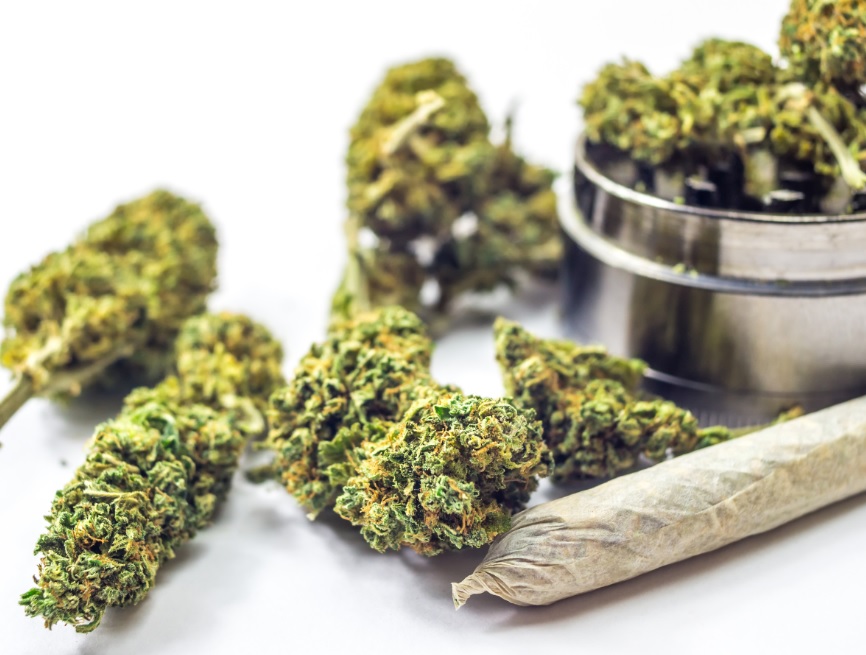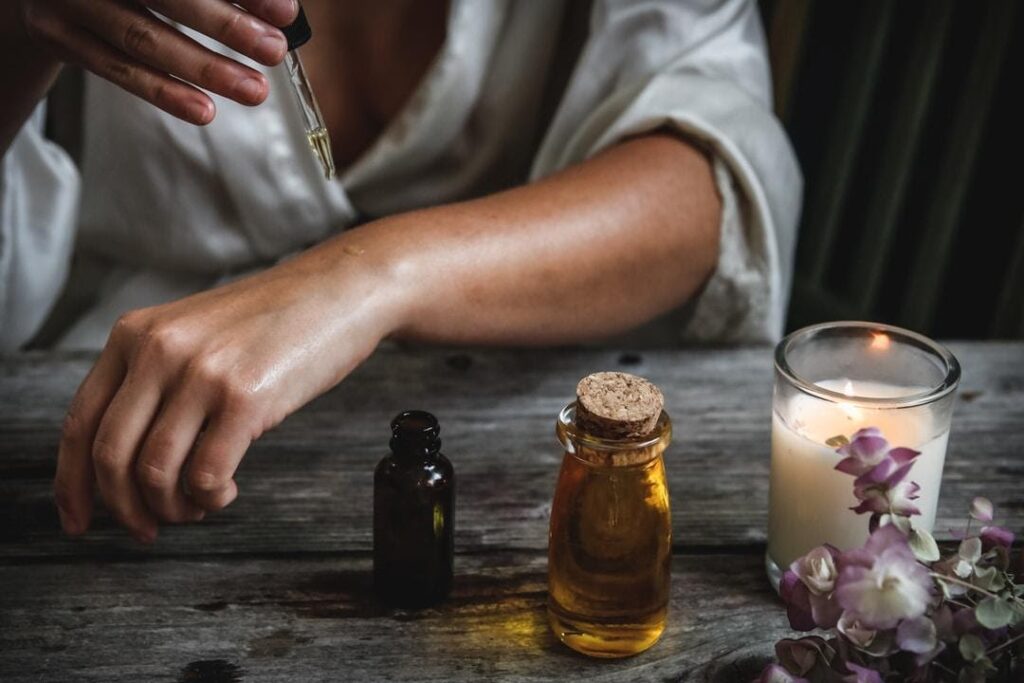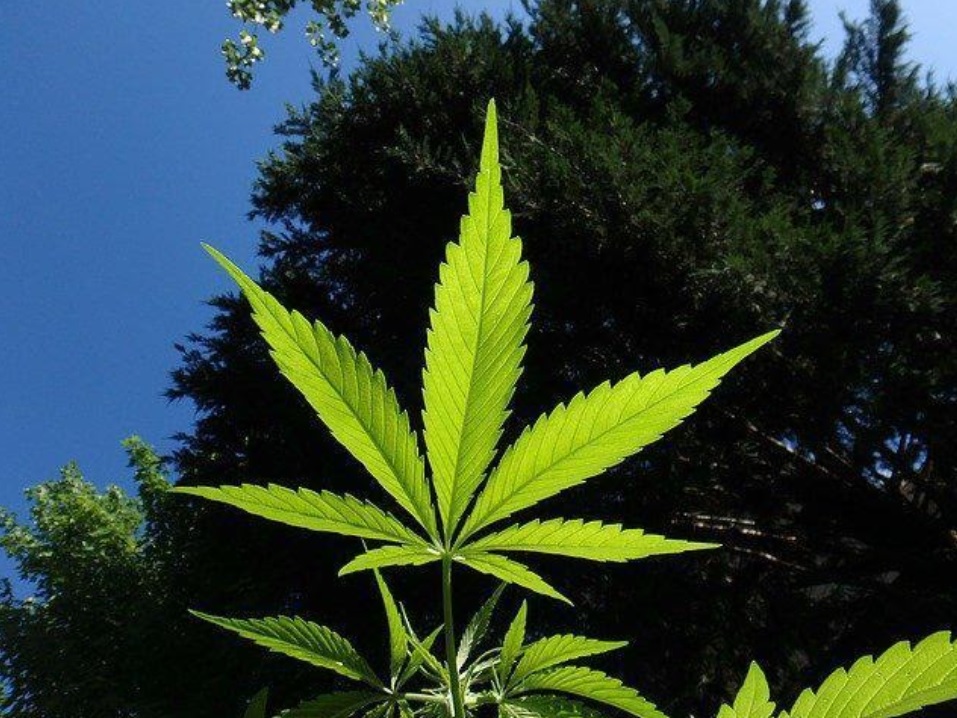Local dispensaries get a continuous stream of inquiries from cannabis lovers who want to know everything there is to know about the plant we all love. Questions span from the fundamentals of where to get and use cannabis to advanced growing techniques and extraction procedures.

You are probably already familiar with most of these responses if you consider yourself a connoisseur. However, whether you are new to cannabis or rediscovering it after a long absence, you may have some urgent questions concerning recreational cannabis. If you’re curious about cannabis, here are some of the most frequently asked questions you will encounter, and a Frisco dispensary will provide you with all the answers.
What is Marijuana?
Marijuana is derived from the hemp plant Cannabis sativa or Cannabis indica. It is also known as cannabis, pot, weed, or kush. While it is widely known for its psychoactive effects, marijuana can also be used for its therapeutic properties. It can be consumed in different ways, with smoking and eating as two of the most popular ways to enjoy it.
Many states have already legalized marijuana for recreational use. However, it’s still strictly regulated for safety reasons. For instance, much like alcoholic beverages, only those over the age of 21 can legally acquire and consume cannabis for recreational reasons.
Cannabis products are classified into four kinds:
Flower
A flower is a blend of dried, shredded hemp plant leaves, stems, seeds, and flowers. It is commonly smoked or added to cooking.
Concentrate
It is a potent cannabis extract that is rich in cannabinoids. Concentrates can be consumed orally (RSO), vaporized, or dabbed (shatter, wax, budder).
Edibles
A cannabis-infused food item, such as a cookie, cracker, mint, chocolate, or beverage, is called an edible. Beware of edibles, though, because they have a delayed impact, and users may overdose, thinking the drug isn’t working.
Topical
Topical cannabis products include lotion, balm, or oil. The skin absorbs the cannabis-infused products, but they are not psychoactive and will not cause the consumer to get high.

What Are the Primary Compounds Found in Cannabis?
Cannabis has about 400 compounds, but THC and CBD are the two most well-talked, analyzed, and understood. Here’s a quick lowdown on what these two compounds are all about:
THC
THC, or delta-9-tetrahydrocannabinol, is the primary active ingredient in cannabis and is responsible for the high.
CBD
CBD, often known as cannabidiol, is a non-psychoactive molecule found in cannabis. Overall, additional study is needed to understand all CBD’s effects completely.
How Do You Figure Out the Dosage?
Most products sold at a dispensary will inform you how much THC and CBD a product has. However, you may sometimes encounter products that don’t have this important information. So, in the event you find yourself in such a situation, how do you calculate the safe dosage?
Experts recommend starting with 2.5 milligrams of THC or less per dosage. From this, you may start following the typical recommendation to “start low, progress gradually.” Then perform some arithmetic to see how much of your selected product provides precisely that amount.
How Is It Recreational Distinct From Medical Marijuana?
As the name implies, medicinal marijuana is the use of marijuana under the instruction of a doctor to relieve symptoms and treat specific ailments. Though recreational and medicinal marijuana is derived from the same plant, medical cannabis differs in several ways, including the availability of alternatives, usage limitations, and purchase experience.
While recreational sales require only a government-issued ID to show legal age, medical marijuana transactions require a Medical Cannabis Card. This card (also known as a Medicinal Marijuana Card or Medical Marijuana Identification) is issued by the state. The card will provide all the information a cannabis dispensary or seller would need, including the name of the licensed doctor who has recommended the use, the type of product, and the dosage.

Medical marijuana is more difficult to obtain than recreational marijuana, and depending on the severity of one’s medical ailment, some people require more strong products for their needs. In most states, at-home production is only authorized for persons with Medical Marijuana Cards or with specific permission.
Where Is Medical Marijuana Legal?
Several nations have decriminalized marijuana possession and consumption, making it a non-criminal infraction, and have allowed its use for medicinal and recreational purposes.
In the US, Colorado, Washington, Alaska, Oregon, Washington, California, Maine, Massachusetts, Nevada, Michigan, Vermont, Guam, Illinois, Arizona, Montana, New Jersey, South Dakota, New York, and Virginia are among the states where it’s legal.
What Does It Feel Like to Use Marijuana?
When consuming recreational marijuana, you may feel the following:
- It gives you a cheerful, feel-good feeling.
- It energizes and stimulates creativity.
- It stimulates the senses.
- It aids users in dealing with stress.
How Quickly Will I See the Effects?
If you vape, smoke a joint, or use a pipe, you can get high in a matter of minutes. Sublingual items (those placed under the tongue), such as cannabis tincture drops or cannabis-infused strips, may also begin to work within 15 minutes, according to users and producers. It might take anywhere from a half-hour to four hours for edibles and pills. Topicals, such as lotions, balms, and oils, can work rapidly, but transdermal patches might take an hour or more to work.
The Bottom Line
Because an increasing number of states in America have legalized marijuana usage, an increasing number of individuals are interested in learning more about it. Even though it is widely used — some even on a daily basis — others are still scared to dip their toes in. If you’re on the fence regarding recreational marijuana, it is important that you review the mentioned information so that you know what you’re getting into.